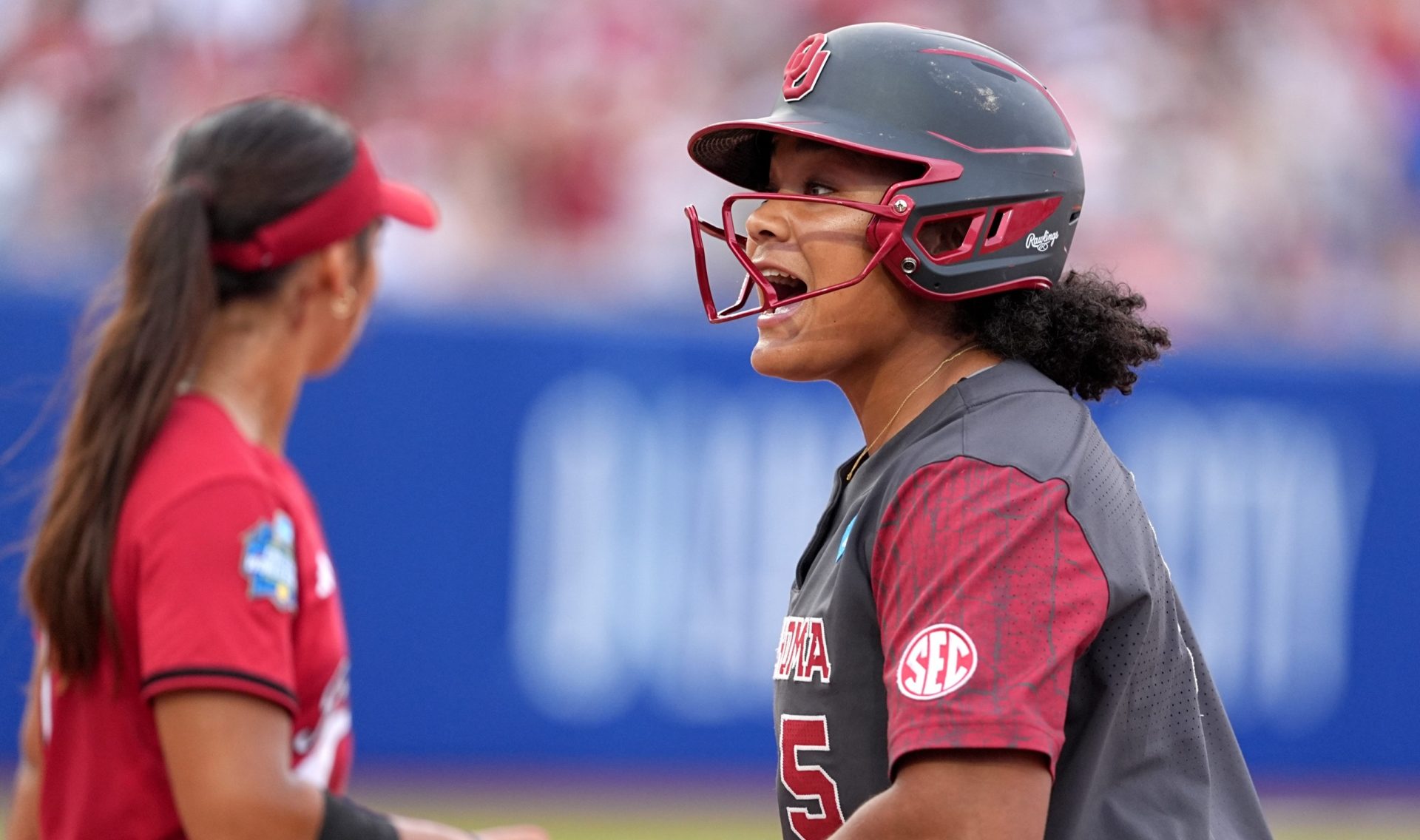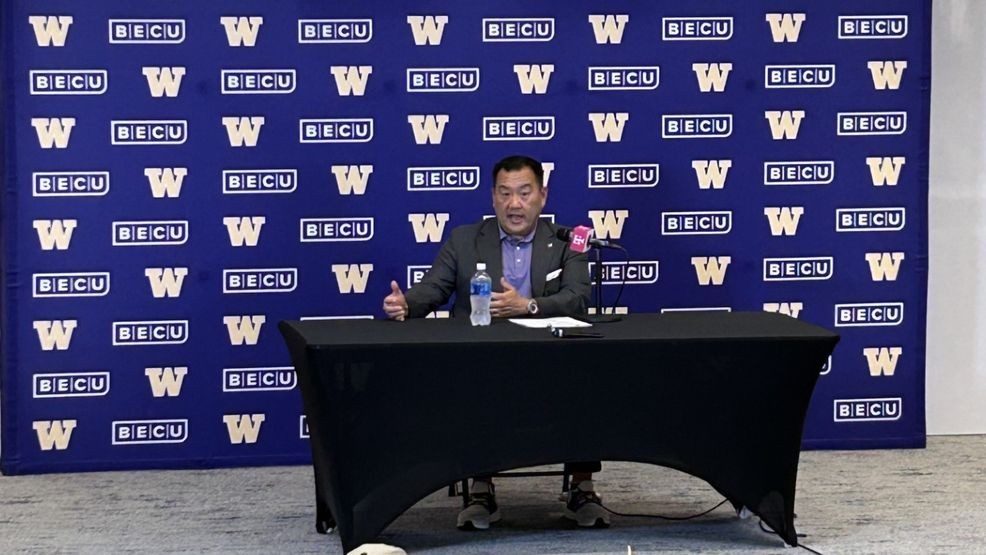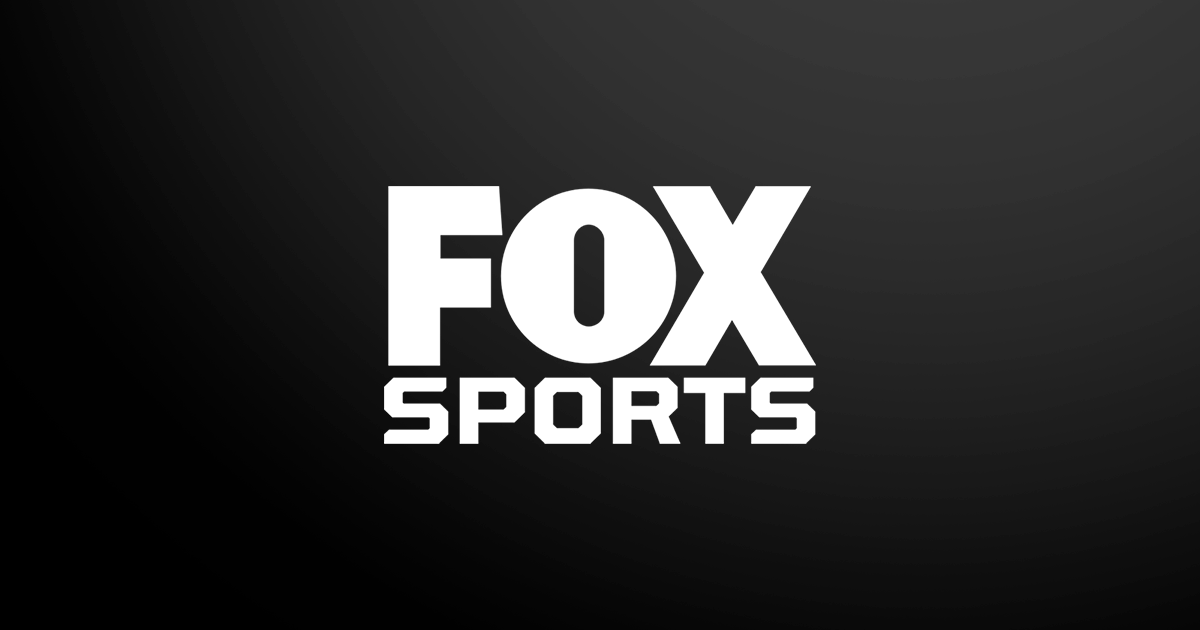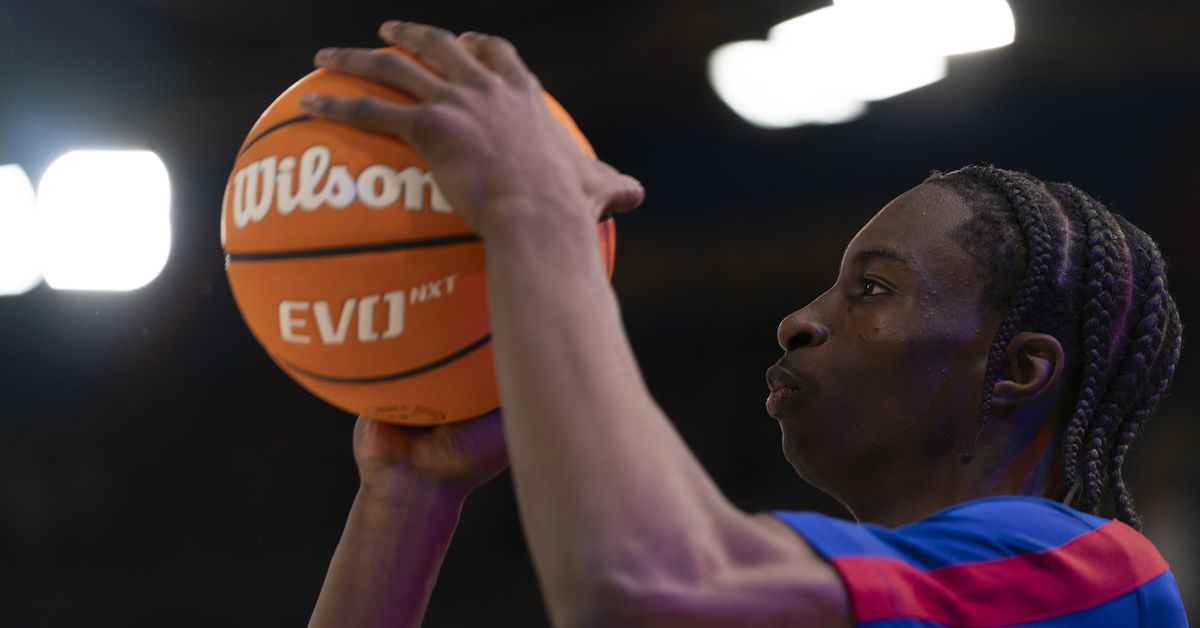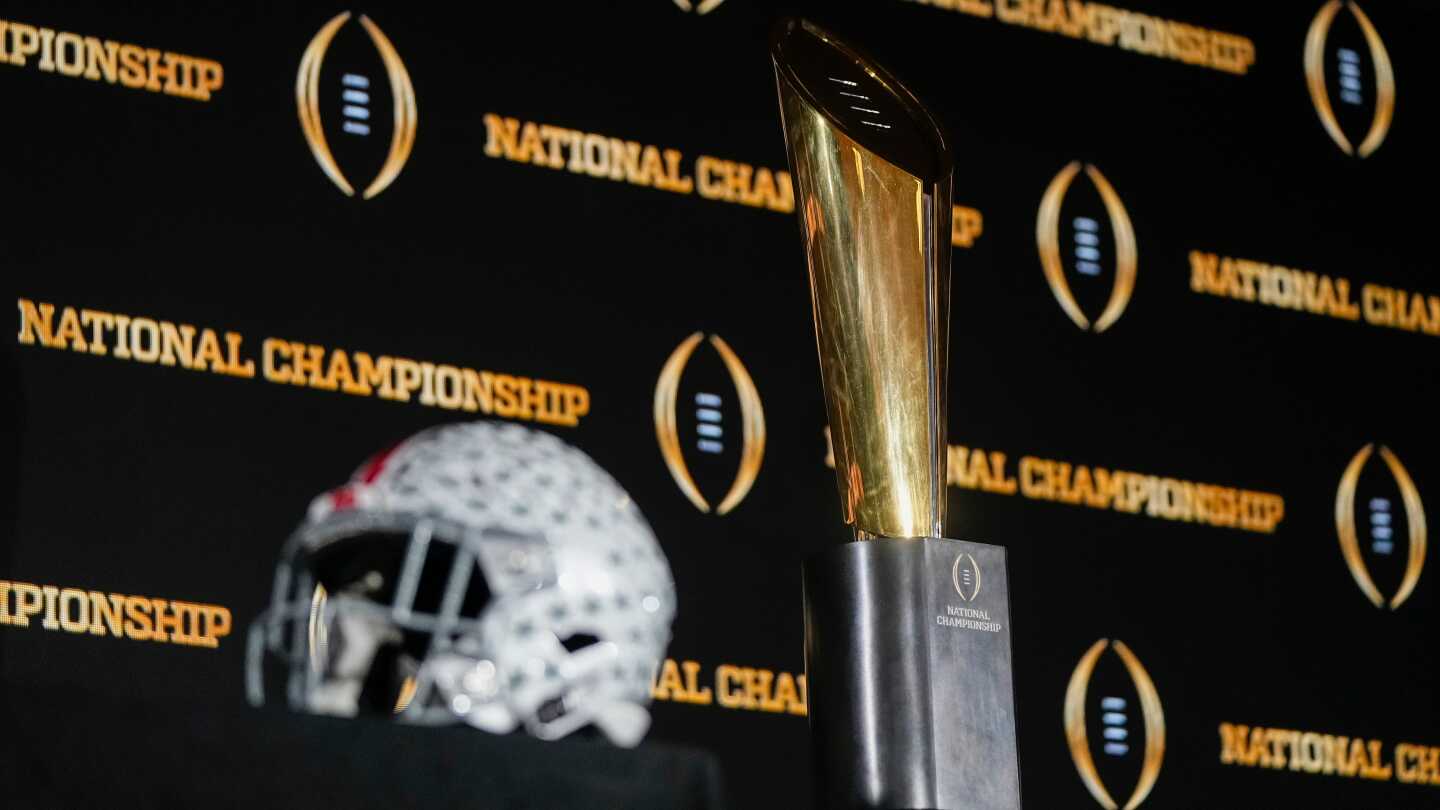Associated Press
OMAHA, Neb. (AP) — Coastal Carolina advanced to the College World Series finals with a 11-3 victory over Louisville on Wednesday, scoring five of its six first-inning runs before making an out and extending its win streak to 26 games.
The Chanticleers (56-11) will face LSU, a 6-5 winner over Arkansas, in the best-of-three finals starting Saturday. They are going for their second national championship in two all-time appearances in Omaha. They won their first in 2016.
“To do what we did today versus that team, as well coached as that team is, is really amazing,” coach Kevin Schnall said. “The Chanticleers are one of two teams in the entire country still playing. It’s incredible, but it’s not unbelievable. And it’s not unbelievable because we’ve got really good players, really good players.”
Louisville (42-24) started left-hander Colton Hartman, primarily a reliever who hadn’t appeared in a game since May 17. He didn’t last long.
Caden Bodine singled leading off and Sebastian Alexander and Blake Barthol were hit by pitches to load the bases. Walker Mitchell punched a ball into right field to bring in two runs, and then Hartman issued a four-pitch walk.
Out went Hartman (2-1) and in came Jake Schweitzer. Colby Thorndyke greeted him with his second bases-clearing double in two games to make it 5-0. Thorndyke came home on Ty Dooley’s one-out single and finished 3 for 4 with five RBIs.
“We always preach when the bases are loaded, the pressure is on the pitcher,” Thorndyke said. “It’s not on the hitter. He’s got to throw three strikes. If he throws four balls then it’s a run. So we always preach the pressure is on the pitcher.”
The Chanticleers padded their lead with Pete Mihos’ two-run triple in the fifth and two more runs in the sixth. Coastal Carolina is 43-0 when leading after six innings.
The Chanticleers made an impressive run through their bracket, beating Arizona 7-4 and Oregon State 6-2 before eliminating the Cardinals. They led or were tied all the way through except for a half-inning against Arizona.
“These guys, ooh, they’ve done it in the last half of the season, in the conference tournament, in the regionals, in supers, in Omaha, against, as we say, the best teams,” Louisville coach Dan McDonnell said. “It’s impressive what they’ve done.”
Riley Eikhoff (7-2), making his second start in the CWS, held the Cardinals scoreless until Tague Davis drove an RBI double into the right-center gap in the sixth. Matthew Potok, Hayden Johnson and Dominick Carbone combined for 3 2/3 shutout innings of relief.
“Offense goes out there gives you a big lead, it’s big pressure off yourself,” Eikhoff said. “You go out there, just do your thing, try and make pitches. I made quite a few pitches today, and the defense made great plays behind me. Without them, the score wouldn’t be the same today.”
Cardinals ace Patrick Forbes, who pitched 5 1/3 innings in a 4-3 loss to Oregon State on Friday, had asked to be the starter against the Chanticleers on four days’ rest, according to ESPN.
Coach Dan McDonnell planned to hold him back for a possible second bracket final against the Chanticleers on Thursday or use him for one inning if needed Wednesday. Hartman’s disastrous start all but ended Louisville’s hopes of forcing a winner-take-all game.
“I’m just grateful to be along for this journey and just be one of the people or one of the teams that can go down in the history books for Louisville,” Eddie King Jr. said. “This is a special team and I’m just sad that it came to an end today.”
___
AP college sports: https://apnews.com/hub/college-sports

